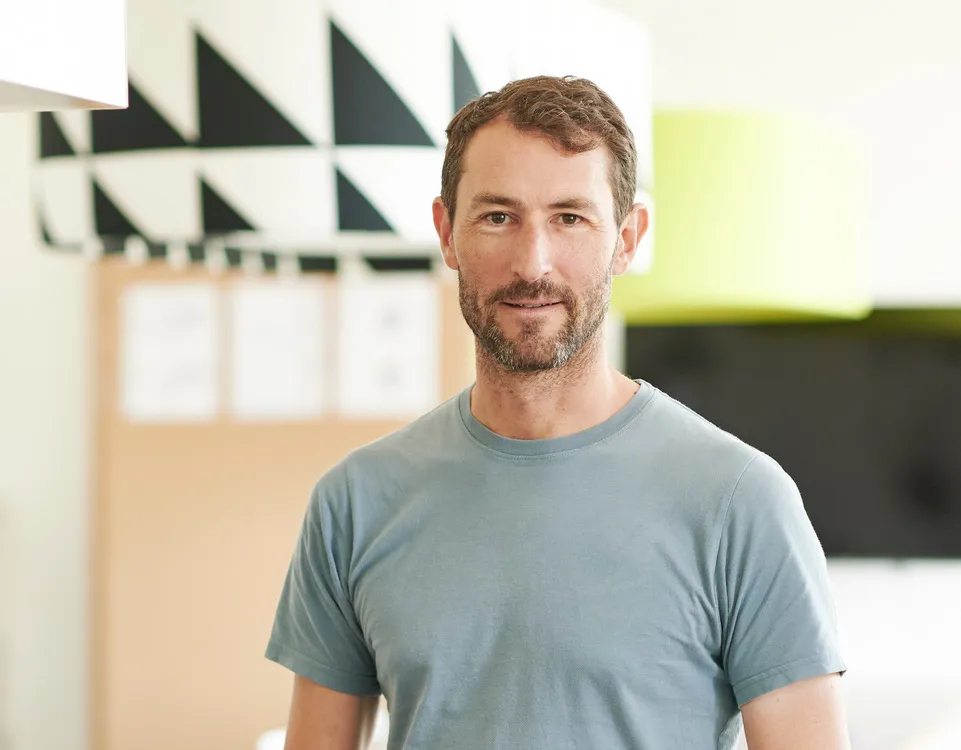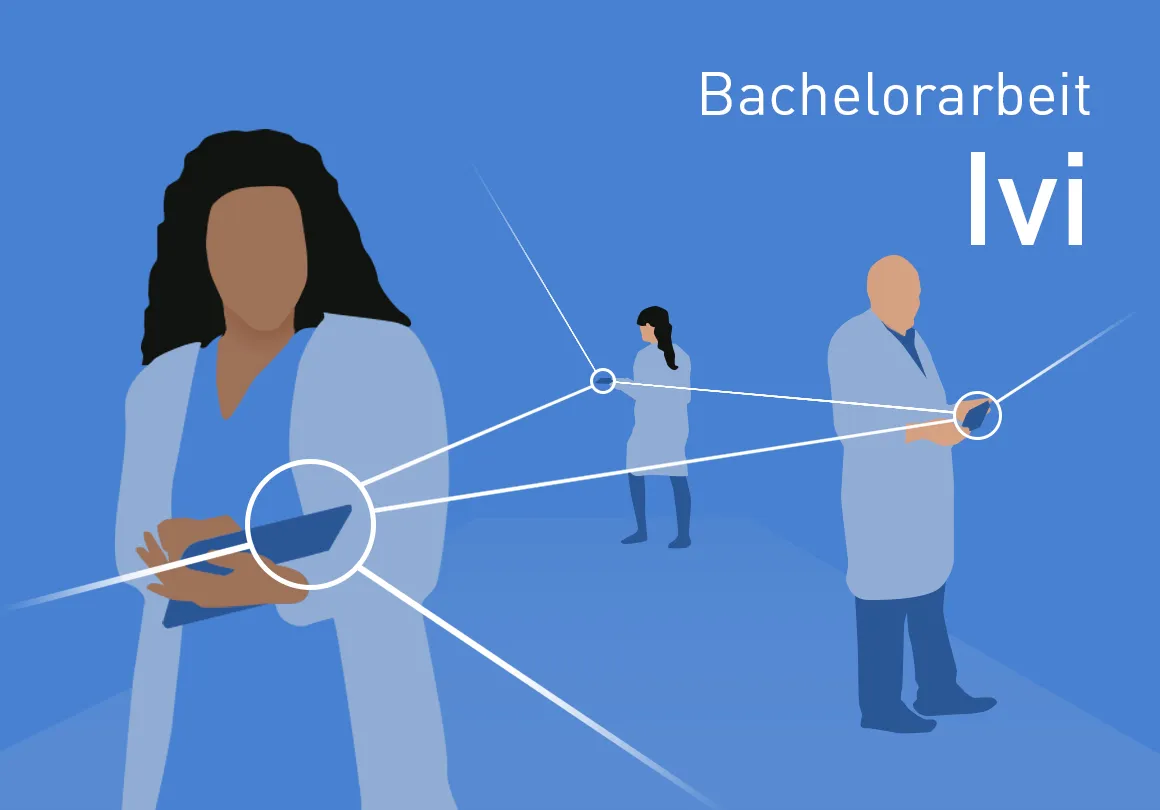Expertise
The user - the driving force for product innovation?
No matter how innovative a new technology may be, its usability will determine whether it actually adds value for the user. The technical advantage will therefore become less important; instead, the usability of a product will develop into a key competitive advantage. Usability is undoubtedly one of the top issues in medical technology. In the MEDICAL DESIGN TREND UPDATE we have therefore taken a closer look at this topic.

The success or failure of a product is ultimately determined by the user. In the medical sector, too, the focus is therefore increasingly on the user: here in particular, it is important that they can operate technical devices, instruments and aids intuitively and without errors. More and more available information, increasing time pressure, a multinational workforce and inconsistent operating concepts are frequent sources of error that can have serious consequences.
Usability is one of the most important influencing factors for medical devices
Today, usability plays a central role in the medical device development process. medical device development process and, by definition of ISO 9241-11, describes the degree of fulfillment with which users achieve their goals effectively, efficiently and satisfactorily. The aim is to design medical devices in such a way that more efficient workflows, greater safety for patients and less stress for users are achieved. Other important aspects come from the user experience It should also be a certain pleasure to use the product not only for its intended purpose, but also as a positive experience before and after use.
This increases user acceptance and the product is better integrated into everyday life. In recent years, the usability engineering process has therefore become one of the most important influencing factors for medical devices alongside risk management. Not only in Germany is this now prescribed by standards such as DIN EN 62366-1; other countries such as the USA also specify rules for usability engineering. This is extremely advantageous for designers, as product design can and must now be justified in detail in terms of user-centered design.
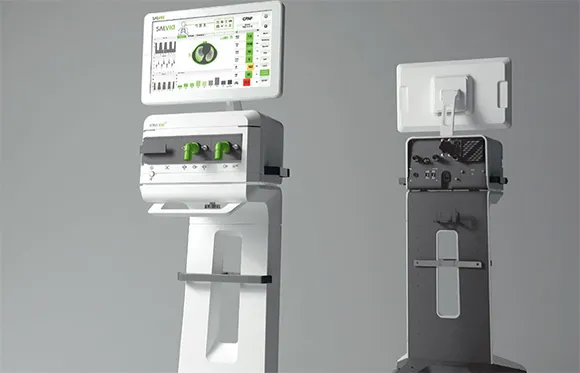
Design creates usability: functional, intuitive, ergonomic
The approach to the design development process must be differentiated with regard to usability, as it must be optimized for different purposes. One part, for example, concerns ergonomics. Products are increasingly being tailored to the human body, its dimensions, physical capabilities and surface topology. A precise fit is particularly important for wearables, as even the smallest deviations can severely impair wearing comfort. In the not-so-rare case, such inconveniences lead to the user wearing the wearables only rarely or not at all. Success and failure are only a few millimeters apart.
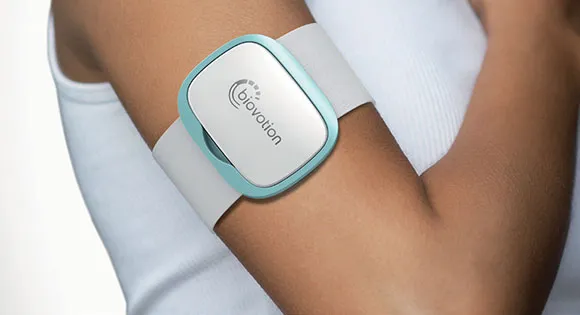
Another part of usability deals with the optimization of operating processes, for example in screen interfaces and software development. Connectivity means that the sphere of influence of devices and systems is constantly expanding and includes more and more hardware and software systems and integrations. This makes operation potentially more complex, but the user should not be aware of this. The aim is therefore to make operation as simple and intuitive as possible while at the same time increasing requirements and growing complexity.
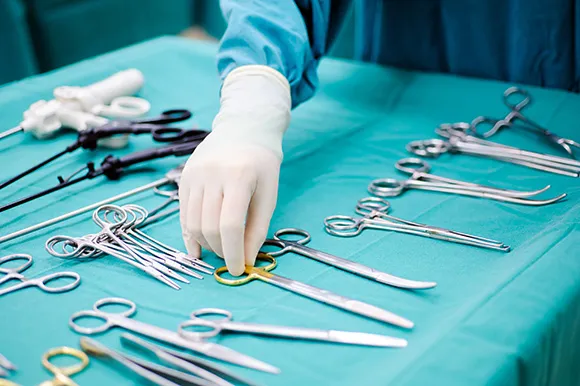
The user is king: the usability engineering process
In order to achieve the greatest possible acceptance for a product and thus its success, the user's requirements must be worked out. A new job description has been established for this purpose: the usability engineer. As it is difficult to reliably predict the behavioral patterns of users without ever having spoken to them or watched them carry out the intended operating procedure, a methodical approach has been developed as part of the usability engineering process.
The focus here is on analyzing the context: This is where the user shows the usability engineer how they work in a relevant environment and under real conditions. An interview in a meeting room would not reflect the user's needs and abilities. Problems, such as misplaced operating instructions, would not be taken into account and therefore the actual needs of the user might not be recognized. Only when these findings from the context analysis are available can usability engineers derive the needs of the users and formulate the requirements. This results in reliable requirements that can be implemented during development and design.
Do you have any questions?
But how do usability engineers actually go about their work? What influence does the usability of a product have on purchasing decisions? And what are the particular challenges of a medical product? Answers to these and many other questions are provided by computer scientist Michael Engler and industrial designer Marc Ruta in an interview with experts, which you can read in the latest Trend Update.
You can download the eBook on the trend study free of charge here!
Frequently asked questions



